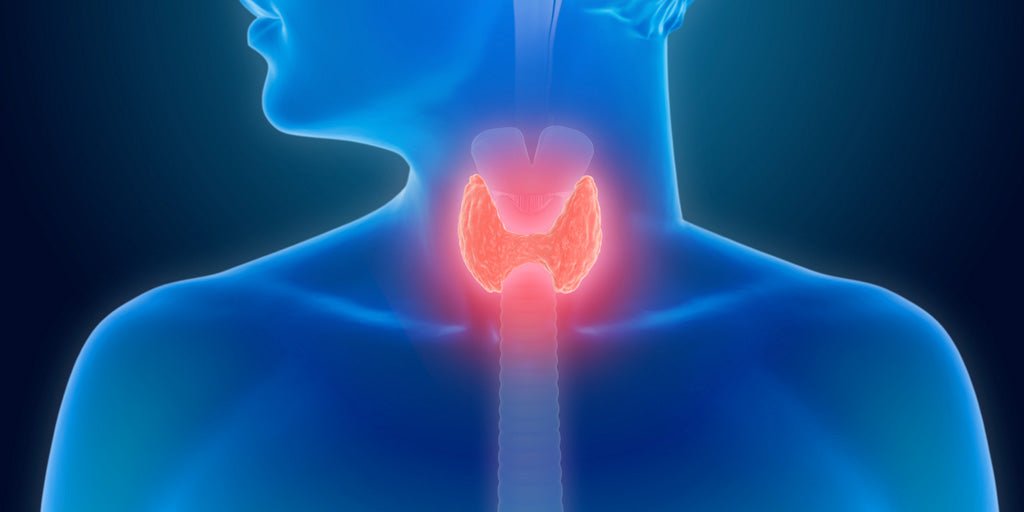
Endocrine Disruptors in Tap Water
Share
Our endocrine system, responsible for producing and regulating hormones, is a cornerstone of human health. It controls everything from metabolism and growth to mood and reproductive health. Yet, this delicate system faces a significant, often overlooked threat—endocrine-disrupting chemicals (EDCs) in unfiltered tap water.
What Are Endocrine Disruptors?
Endocrine disruptors are chemicals that interfere with the hormonal signals your body relies on to function properly. These substances can mimic, block, or alter hormone production, leading to imbalances and long-term health complications.
Common EDCs include:
- Bisphenol A (BPA): Found in plastics that can leach into water supplies.
- Phthalates: Present in industrial waste and consumer products.
- Pesticides: Runoff from agricultural areas introduces chemicals like atrazine into water systems.
- Heavy Metals: Lead and cadmium can mimic hormones and disrupt normal biological processes.
The Presence of EDCs in Tap Water
Studies reveal that municipal water systems worldwide contain measurable levels of EDCs due to industrial discharge, agricultural runoff, and outdated water infrastructure. A 2021 study by the Australian Water Quality Centre showed detectable levels of pesticides and phthalates in urban water supplies across major cities like Sydney, Melbourne, and Brisbane.
Disinfection processes used to treat water, while effective against pathogens, do not always remove EDCs. In some cases, treatment byproducts can introduce additional risks.
Health Impacts of EDC Exposure
- Reproductive Health: EDCs are linked to decreased fertility, reduced sperm quality, and conditions like polycystic ovary syndrome (PCOS).
- Developmental Issues: Prenatal and early-life exposure to endocrine disruptors can affect growth and cognitive development.
- Metabolic Disorders: Disruptions in hormonal signals can contribute to obesity, diabetes, and metabolic syndrome.
- Cancer Risks: Prolonged exposure to EDCs like BPA and atrazine has been associated with hormone-related cancers, including breast and prostate cancer.
How to Protect Yourself
- Filter Your Water: Advanced filtration systems like reverse osmosis or activated carbon filters are highly effective at reducing EDC levels.
- Reduce Plastic Use: Opt for glass or stainless-steel water bottles to minimize exposure to BPA and phthalates.
- Test Your Water: Regular testing can identify specific contaminants in your local water supply.
- Stay Informed: Use tools like Hydroco’s Microplastics and Contamination Calculator to assess water quality risks based on your location.
A Call to Action
While unfiltered tap water may meet basic safety standards, its hidden chemical burden poses long-term risks to our endocrine health. By taking proactive steps to reduce exposure to EDCs, you can safeguard not just your well-being but also that of future generations.
